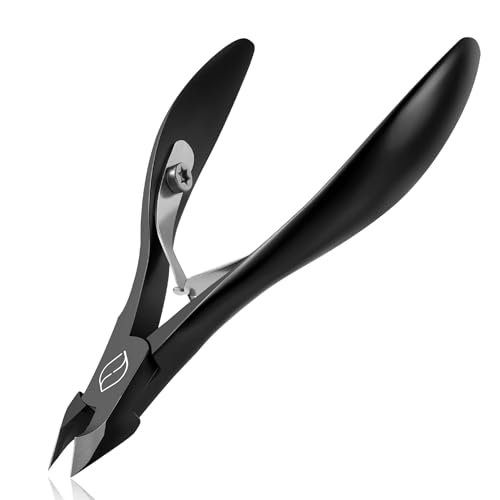Understanding Cuticle Nippers
Before we dive into preventing infections, let’s understand cuticle nippers. A cuticle nipper is a tool used to trim excess cuticles around the nails. When used correctly, they can make your nails look neat and tidy. However, it’s crucial to handle them with care as they can easily cause infections.
Disinfect Your Cuticle Nippers Regularly
Disinfecting your cuticle nipper after every use is essential. Bacteria can quickly build up on the nipper’s blades, leading to infections. Use a disinfectant solution or a disinfectant wipe to clean the tool carefully. Ensure that you clean both the blades and the handles. Once cleaned, rinse the nipper with water and dry thoroughly with a clean towel.
Don’t Share Your Cuticle Nippers
Sharing your cuticle nipper is a big no-no. You might be spreading bacterial infections or viruses by sharing the tool. If someone else needs to use a cuticle nipper, make sure they have their own.
Proper Storage Is Crucial
After disinfecting your cuticle nipper, you need to store it properly. Place it in a clean, dry place where it won’t get contaminated. Avoid leaving it in humid areas like the bathroom, as moisture can affect the tool’s metal.
Be Careful When Cutting Your Cuticles
Finally, using cuticle nippers properly can reduce the chances of getting an infection. Do not cut too much of your cuticles as they protect your nails from bacteria and viruses. Cuticles also play a role in moisture retention, so be gentle when trimming them. If you notice any signs of infection, such as redness, swelling, or pus, stop using the tool immediately and seek medical attention.






